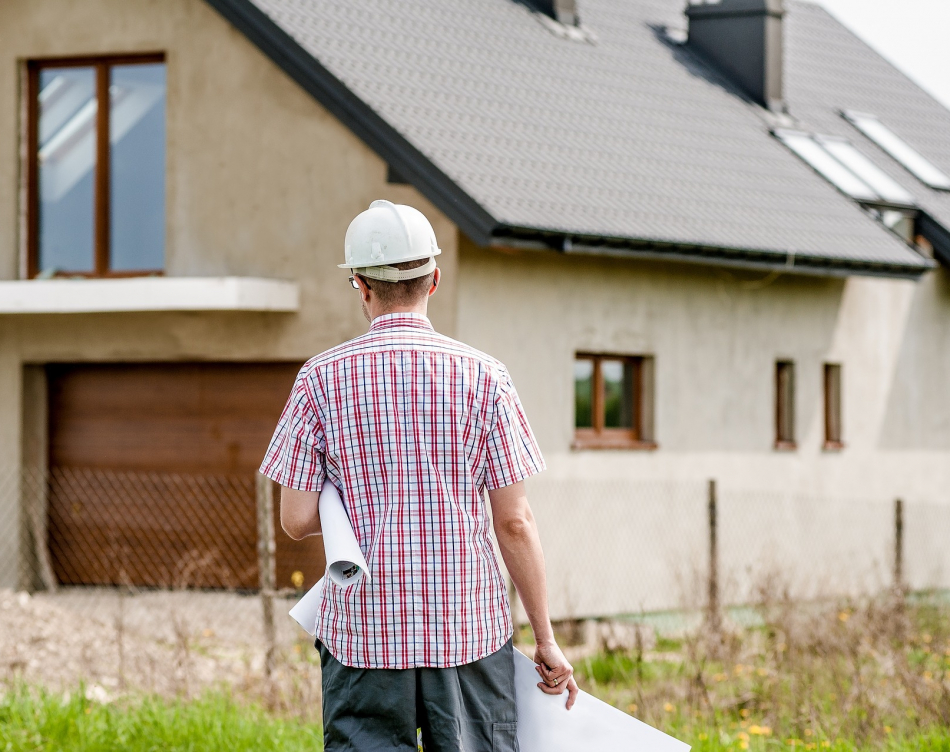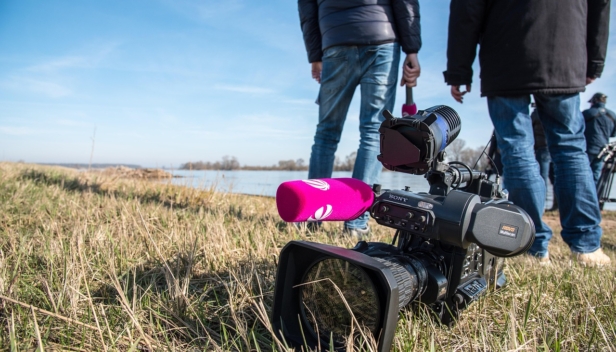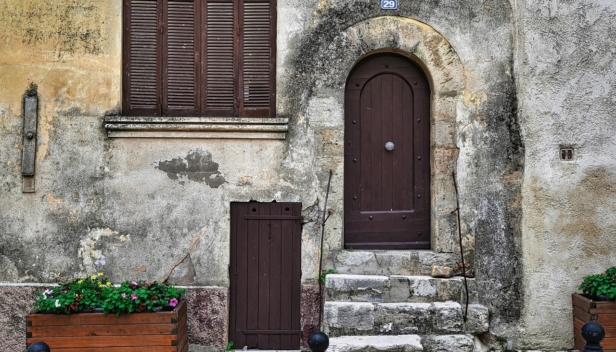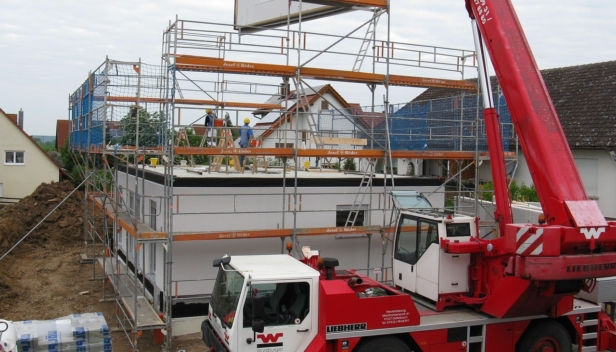Active house Dragomelj – The cornerstone of energy efficiency and sustainable development
Construction & Civil Engineering

Choosing the topic of this thesis was not a difficult task, as I am currently working at a company, which specializes in the installation of Nearly-Zero Energy Buildings.
We could argue that while the construction of Nearly-Zero Energy and Passive House Buildings has become a recognized standard, the Active House is one step further in the field of sustainable construction, using renewable sources of energy which results in a lesser impact on the environment.
Our company built the first certified Active House in Dragomelj, near Domžale, which was also the inspiration for the following paper.
This thesis will present the basic characteristics of an Active House, as it is my belief that Nearly-Zero Energy Building construction is the future.
The basis of an Active House is the sum of all energy used, as we can use up to ten times less energy for cooling and heating an Active House than in conventional construction. Moreover, under ideal conditions, an Active House even produces more energy than it consumes.
Therefore, an Active House is a type of construction that presents a step forward on the scale of Nearly-Zero Energy Building construction, with consumption under 15kWh/m²a.
When designing and building an Active House we try to use as many natural resources as possible, e.g. wood, cellulose, stone wool and wood fiber boards, since they are known to have a positive impact on the environment.
Furthermore, the installed materials can be reused. The main characteristics of designing an Active House: Living comfort, Environmental impact and Energy consumption.
Throughout this project, I will address the above mentioned characteristics of an Active House in a greater detail- ventilation, natural materials construction, ground plan, heating, natural lighting (glass surfaces for Nearly-Zero Energy Building construction), heat pump heating, heat surcharges, installing the building on land, solar power plants, PHPP calculation, etc.
The concept of an Active House presents a sum of solutions with as little emissions as possible which have a positive impact on the environment and have consequently contributed to a better quality of life for all future generations.
While the construction of Active Houses was quite rare in the past, nowadays, their number is increasing.





